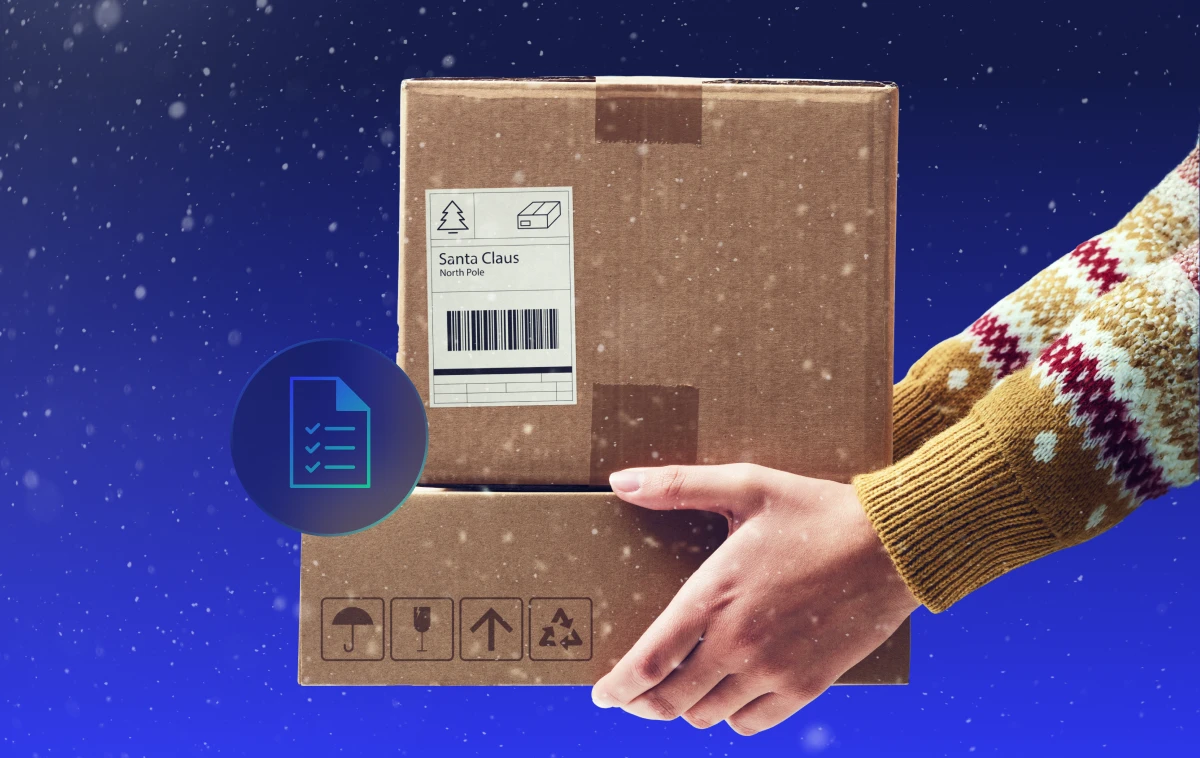
AI-powered delivery date estimates to boost conversion
Give shoppers peace of mind and protect and grow your bottom line
Personalized tracking experiences to build brand loyalty
Returns and exchanges management to mitigate fraud and reward best customers
Proactive communication to drive customer lifetime value
Delivery claim management to tackle fraud and build trust
How to be Customer-centric in a Time of Public Crisis

These are unprecedented times for everyone. And while reports of the challenges that brick and mortar retailers have faced over the last few years have been widespread, very few were prepared for mass closures of physical locations. In a time when uncertainty is at an all time high, ecommerce retailers can benefit from being customer-centric and clearly setting expectations in all stages of the purchase and post-purchase journey to provide some reassurance to customers whose entire lives have been upended.
We’ve put together three best practices to ensure you are taking care of your customers:
- Communicate and overcommunicate
Right now, more than ever, it’s critical to keep your customers informed at every step of the journey. The COVID-19 crisis has impacted all areas of ecommerce, from inventory to fulfilment processes to shipping times and beyond. Be sure that you are providing clear and accurate information including:
- Update COVID-19 policies and procedures, including store closings and safety precautions, in a dedicated section on your website that can easily be promoted across the site, in social channels, emails and anywhere else your customer may need to see them.
- Communicate updated Estimated Delivery Dates (EDD) at checkout to account for any known delays in fulfillment due to new warehouse procedures, staffing changes, or transportation delays.
- Leverage other communication touchpoints to keep the customer informed, such as a persistent banner across your website, pop-up on your home page, or the Broadcast Message feature on the Narvar Track page (see example below).

- Adjust your return policies to the situation
With many retailers temporarily closing their physical stores, and consumers across the nation being encouraged to stay inside as much as possible, offering extended and flexible return policies will help put your customers at ease.
Over the past 2 weeks, we have seen many retailers adjust their return policies. Most importantly, they have been clear and consistent in communicating these changes across multiple touchpoints including their own webpages as well as within their Narvar self-service returns flow.
Many retailers are also seeing the time to process a return and issue a refund slow down as they take more precautions at their distribution centers or manage around staffing challenges. To set customer expectations and drive down contact volume, be sure to update your messaging to let customers know of any returns processing delays.

- Share how you are helping
Even while the news cycle seems to be full of negative sides of the crisis, I have been inspired by the retailers and companies that are donating time, money, services, and resources back to the community to aid in any way they can. Many retailers, such as Nordstrom, Neiman Marcus, Brooks Brothers, Gap, and Canada Goose, have started using their alteration and production teams to manufacture masks and gowns for the medical community. Lowe’s and Home Depot have donated money and supplies to medical professionals. Joann mobilized their crafty customers by donating supplies and posting how-to videos and patterns to make masks with their Make-to-Give initiative. Nike recently opened up their premium workout content app to be free to the public to encourage physical and mental health.
Even during “normal” times, customers appreciate hearing how their favorite brands are giving back and supporting their values — they still want to feel good about that relationship now. Set the right tone when you communicate these efforts to build loyalty and affinity with your customer base.




















.webp)


